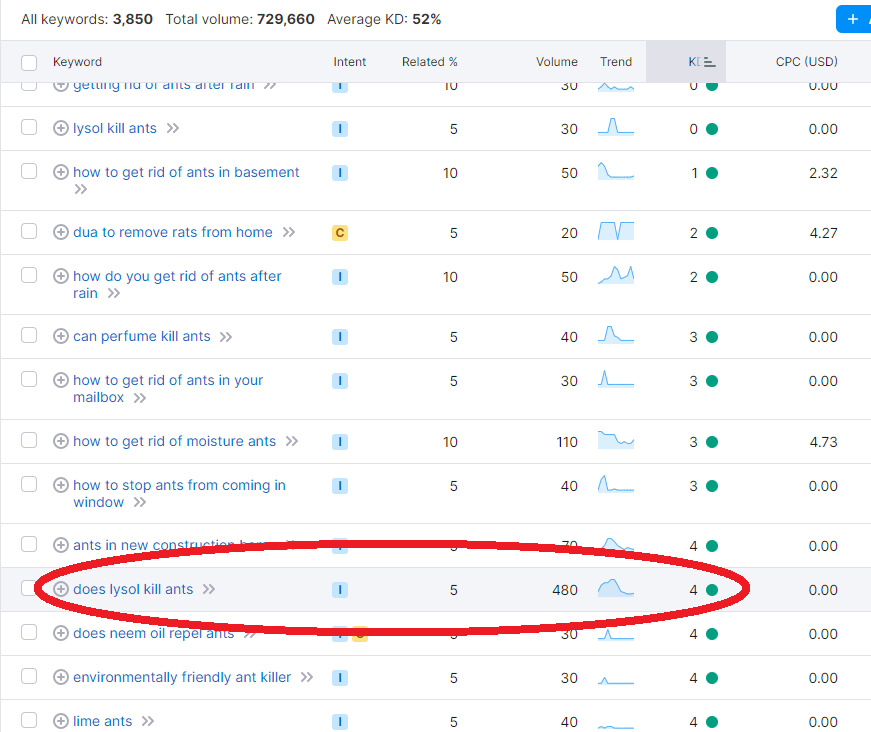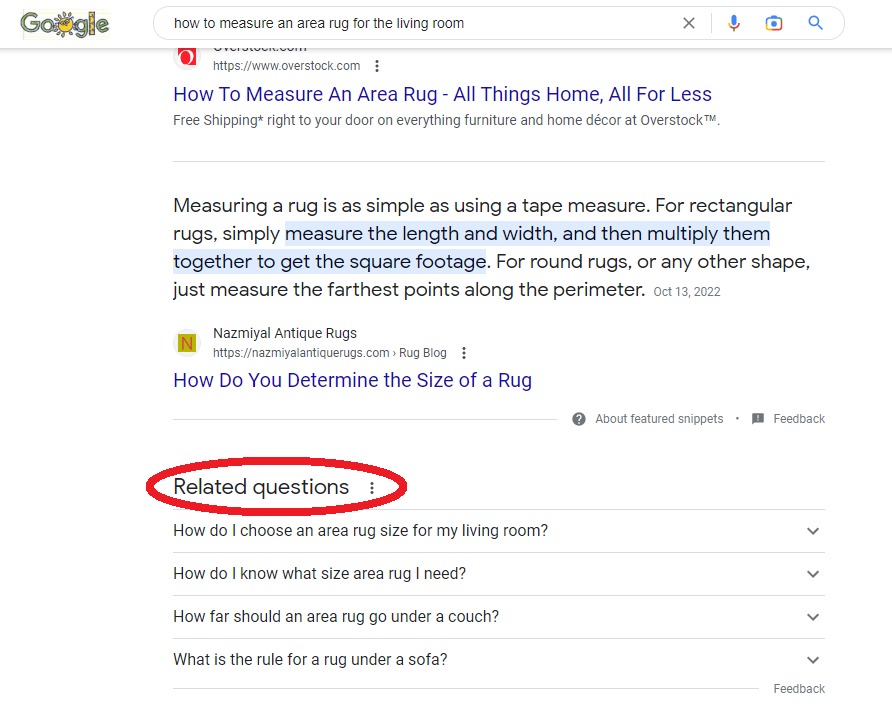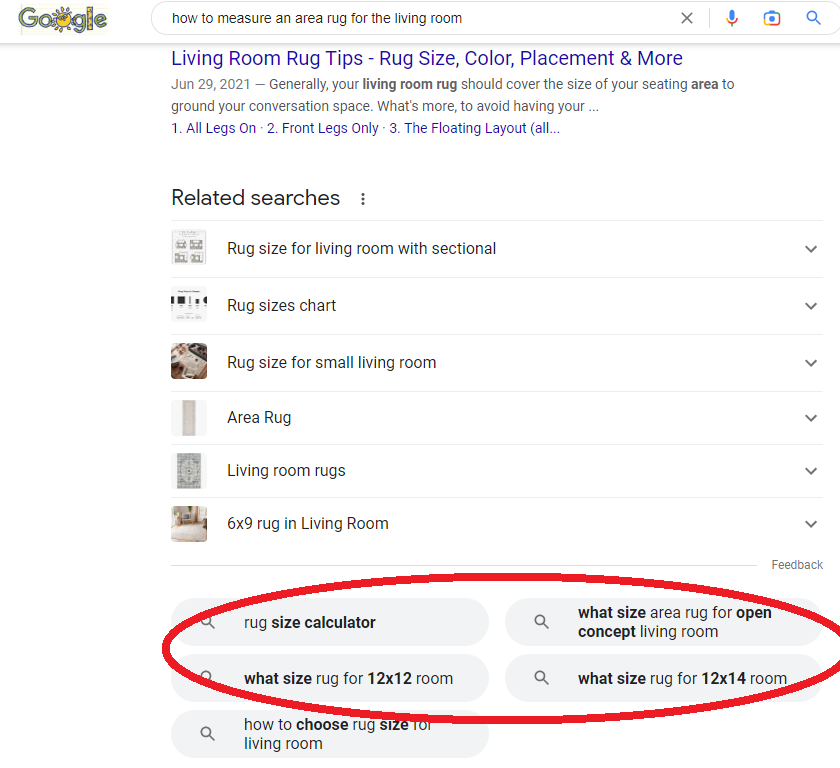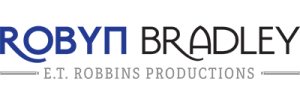Blog Best Practices [Tips for New Copywriters]
If you’re a new freelance copywriter, I can almost guarantee you’ll be doing a lot of blogging for clients. Why? Well, blogging is an essential element in an effective inbound marketing strategy. This means you must understand blog best practices. You can’t just write any old thing, slap it on a blog, and call it a day. I mean, you could. But you certainly won’t get the results you or your client seek.
So let’s talk about blog best practices. If you prefer watching rather than reading, jump to the end of this article for the video I recorded.
But before we get to the best practices, let’s step back and answer this question:
Why is blogging an essential element of inbound marketing? How does blogging work?
OK, so a little history lesson. Thirty years ago, marketing consisted of casting a wide net. You blasted a marketing message to a large number of people, hoping someone would be interested in whatever it was that you were selling.
Think billboards, direct mailers, TV ads, radio ads, telemarketing, etc. Sure, with this method, you might know the audience demographics. But your direct mailer on landscaping services still hit plenty of people with ZERO interest in landscaping services.
Inbound marketing does the complete opposite. The goal is to attract people already on the market for whatever you’re selling.
So instead of blasting tons of people with ads about your landscaping company, the goal is to draw in people who are already looking for a landscaping company . . . or who are researching the best ways to care for their lawn and maybe realizing they need help.
It makes sense, right? Why not engage folks already looking for the products or services you sell rather than trying to engage with someone who will never be interested in what you’re selling, no matter what you do? (I’ll never forget when everyone in my apartment complex, which had 1000 units, received a direct mailer postcard for lawn care services. Talk about a big, fat marketing FAIL.)
This brings us back to blogging. When someone is on the market for a product or service—or they have a problem that will require purchasing a product or service—they will go online to do their initial research. And if a helpful blog post comes up in search that gives them the information they need, well . . . that’s when the marketing magic can happen.
With blogging, your job isn’t to sell the reader whatever your client is selling but rather engage and educate them on whatever they’re researching. You make it about them, not your client.
And if you do your job well, meaning the reader finds the content helpful, they might read another blog post or poke around the client’s website. Maybe they’ll download a piece of content (which requires them to give their email address), or they follow the company on social media. Your blog post will have done its job of engaging the reader because now your client’s company is on the person’s radar . . . and your client can continue to stay in front of them through emails, social media, or retargeting ads.
Nifty, right?
OK, so let’s get back to the subject at hand.
Blog Best Practices
1. Know the audience.
When you begin working with a client, one of the first things you should discuss is their audience. Does the client have formal buyer personas? (If not, that might be another project you can help them with.) In a nutshell, a buyer persona is a fictional representation of a client’s ideal buyer. Often, your client will have multiple ideal buyers.
If the client doesn’t have formal buyer personas, that’s OK. You’ll need to ask them specific questions about their ideal buyer. Think basic demographic info, like age, gender, income, and education.
But also think about the person’s “pain points,” as we like to say in the biz.
So what do I mean by pain points?
Let’s pretend your client owns a local pest control company. Think about the folks on the market for pest control services, their pain points, and how they might go about alleviating their pain.
For example, if someone is suddenly dealing with an ant infestation in their home, maybe they turn to friends on Facebook and ask for advice, and someone suggests Lysol. From there, maybe they hop on Google and search, “Does Lysol kill ants.”
You could write a blog post honestly answering that question. For the record, it sounds like Lysol might kill the ones you spray, but it’s not an effective long-term solution. Your job would be to discuss various long-term solutions, one of which might be using a pest control company . . . but there might be some other things homeowners can do before they have to outsource
See how that’s helpful content and not self-serving?
BTW, “Does Lysol kill ants” is an excellent keyword phrase to target. See the results in Semrush below. (More on keyword research in a moment.)

2. Choose compelling topics that speak to people’s pain points.
Developing compelling topics will involve you and your client having a free-wheeling conversation about their customers, including their pain points, the questions they ask, the questions your client wished they ask, etc. Record this convo on Zoom. Then, you should get on Google.
Pretend you’re a prospect. What kind of content would you be interested in? Do some searches and see what shows up in organic listings, but also in the featured snippets and the “people also asked” at the bottom of the page. Both are good places to find compelling topics your target audience might be interested in.
For example, let’s pretend your client is a rug company. Someone on the market for a new area rug for their living room might be struggling to understand what size rug is best for their living room.
I didn’t look at Semrush for this search. I typed in what I’d search on if this were my problem. Here’s what came up for related questions. Some of these would be good questions to answer in my blog post.

And here’s what showed up in the “people also asked” section—more great stuff for this blog post . . . and perhaps some others.

3. Choose the right keyword phrase for the topic.
People search on the query “How big should a living room rug be” 480 times a month. It has a keyword rating of 49. According to Semrush, this number means the blog post could possibly rank well with “well-structured and unique” content,
Guess who’s responsible for writing that well-structured and unique content? YOU! That’s why you get paid the big bucks.
Bottom line: You must do keyword research. I use Semrush, which costs money. But Google’s Keyword Planner is free.
Doing keyword research is a whole separate topic. I’ll likely do a blog post on my process at some point. But why reinvent the wheel when excellent resources exist, like Semrush’s article “How to do keyword research for SEO”?
4. Format your blog post for readers first, search engines second.
You need the following:
- Compelling, keyword-rich blog title. Example: “Does Lysol Kill Ants? Our Honest Take”
- Compelling opening
- Keyword-rich sub-headlines, where appropriate (you don’t want to stuff keywords)
- Body content that . . .
- Is skimmable
- Uses short paragraphs and sentences
- Has bulleted and numbered lists
- Includes visuals (make sure you’re using alt text mindfully for those with sight impairments)
- Keeps mobile devices in mind.
5. Write awesome content that the reader can’t find anywhere else.
Or, as we say in Boston, write content that’s wicked pissah, dude.
So for the Lysol and ants blog post . . . maybe you open with a true story of a customer who tried Lysoling their ant problem away, but it didn’t end well because the ant infestation took hold, resulting in a much more complex problem to deal with than if the person had called a pest control company from the get-go.
I’m riffing here, but you get the idea.
The type of content people can’t get anywhere else will be those personal stories, anecdotes, and real-life pics and videos. That’s NOT the stuff an AI generator like ChatGPT can come up with . . . or your client’s competitor down the street. It’s content that will be unique to your client’s company.
This is why writers are still necessary. It takes a good writer to draw these interesting little nuggets out of our clients and then write about them in a way that will interest readers.
Other aspects of wicked pissah content include . . .
- Using credible sources. Be mindful of media bias. Check out my blog post on primary and secondary sources.
- Talking to subject matter experts within the company.
- Talking to the client’s customers (or pulling quotes from review sites)
6. Pay attention to the “post-publish” work you must do.
When a blog post is published, clients usually promote it on social media.
But the promotion shouldn’t be “once and done.”
Sure, an optimized blog post will continue working whether you promote it or not. But you can get much more mileage from each blog post if you continue promoting it. And as a smart and savvy copywriter, you should remind your clients to repurpose the blog content . . .
- Use it in lead nurturing emails.
- Promote it in newsletters.
- Highlight it on the home page.
- Put it into regular social media rotation.
You and your client should also have a plan for revisiting and refreshing blog posts. Info can go out of date. This doesn’t have to be a heavy lift, either. For example, that excellent blog post you wrote two years ago with compelling stats about mobile phone usage could use a refresh with new stats.
You’ll want to monitor analytics as well.
- Is the blog post bringing in traffic?
- Do people read the whole thing or bounce off?
- Do people click through to other content on the site?
- Do any of the blog readers become customers over time? (In other words, what’s the conversion rate?)
For underperforming blog posts, revisit the keyword phrase, the copy, etc. Test and experiment to see if you can get it to perform better.
Blog best practices can evolve, but the ones above are evergreen, IMO.
No doubt, you’ll encounter other suggestions or “must do’s” for blogging. Use what works and makes sense. And keep reading and learning. To that end, here are a couple of other articles I’ve written about blogging.
- What’s the difference between blogging and copywriting?
- Blogging vs. email newsletter: which one is better?
Got a Question for the Copy Bitch?
That’s me! I’m the Copy Bitch. Contact me or visit my YouTube channel and leave a comment on one of my videos. I might make a blog post or video with the answer.
